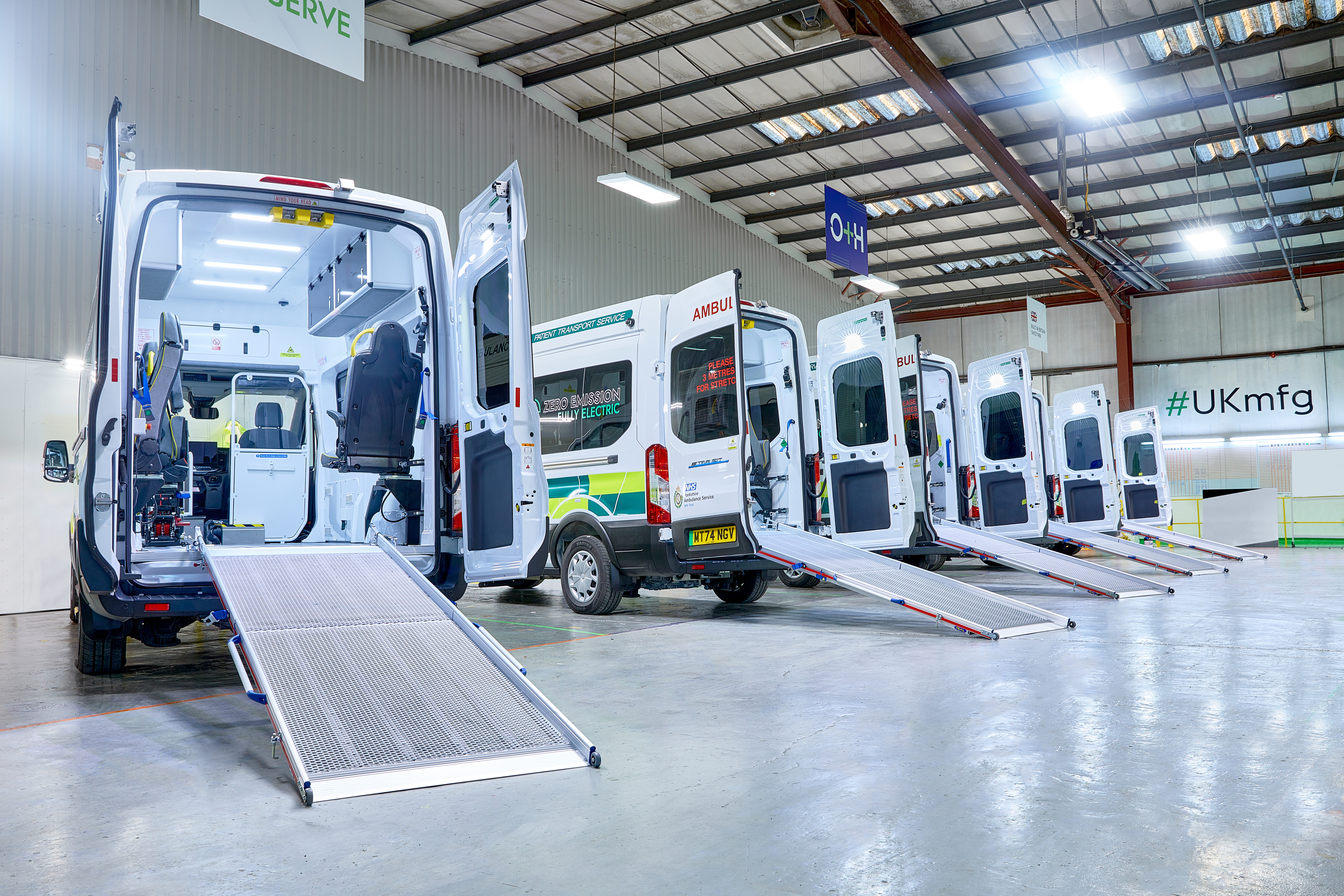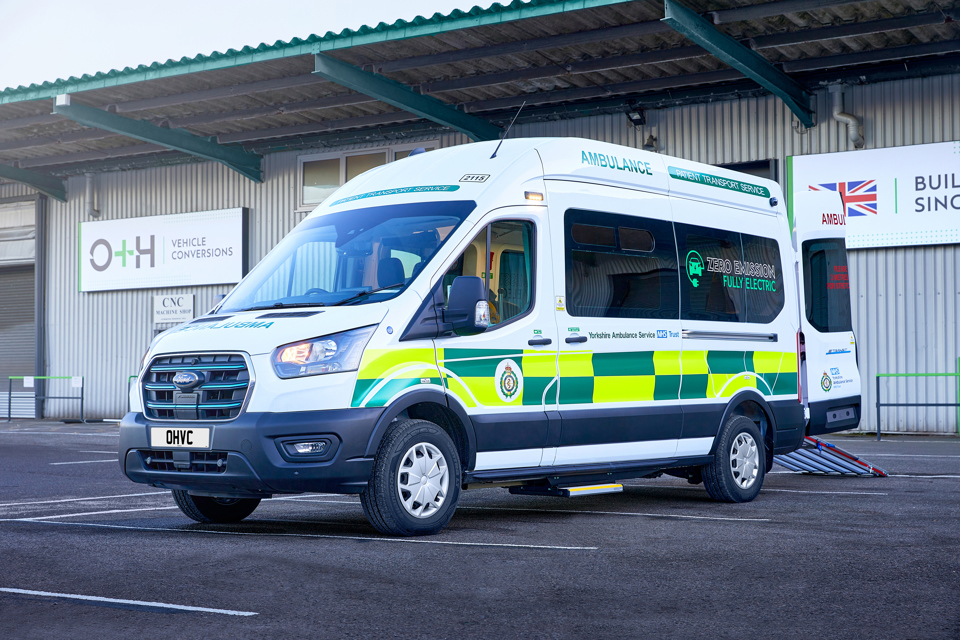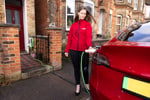Fleets looking to transition to electric vehicles (EVs) are being urged to consider infrared heating, which saves energy, cost and weight.
It comes after 35 electric patient transport ambulances, run by Yorkshire Ambulance Service, are believed to be the first in the UK to be fitted with infrared heating systems.
The technology, developed by heating and air conditioning specialists Clayton Vehicle Systems in Coventry, was installed into the ambulance conversions carried out by O&H Vehicle Conversions in Goole, East Yorkshire.
The system can be wired directly into the electrical battery – making it much cleaner and cheaper than a diesel-powered system, and completely free from carbon emissions.
It also provides up to 60% energy saving compared to traditional heaters, together with weight savings and less condensation, says Clayton Vehicle Systems.
Using tailor-made aluminium panels, the systems allow for maximum heat transfer, and can be fitted at production stage or as a retrofit.

For the vehicles in Yorkshire Ambulance Service’s fleet, the system is connected to the ambulance’s electrical system, while power from the solar panels on the roof covers 75% of the running cost.
Individual panels are fitted in the roof and the system is triggered by sensors, so it only switches on when someone is inside, heating within two minutes.
It also works in reverse to traditional heating methods by first heating the passengers and fabric of the vehicle, and then warming the air – a quicker and more efficient process.
Dean Allsop, director at Clayton Vehicle Systems, said: “We’re thrilled that Yorkshire Ambulance Service and its patients are benefitting from our state-of-the-art infrared heating technology.”
He added: “We strongly believe our patented vehicle heating system is the answer to help fleets going through the transition to electric, saving energy, cost, weight, and improving passenger and driver comfort.
“We’d urge fleet operators and vehicle convertors to consider how their vehicles will be used and to look at ways to improve their operating efficiency, such as using infrared heating. In particular for the NHS, it could help trusts meet their electrification targets by installing in passenger transport vehicles.”
























martinwinlow - 09/12/2024 14:07
"The system can be wired directly into the electrical battery – making it much cleaner and cheaper than a diesel-powered system, and completely free from carbon emissions. " Seriously?! And where does the 'electrical battery' get its power from, then? Pixie dust?!